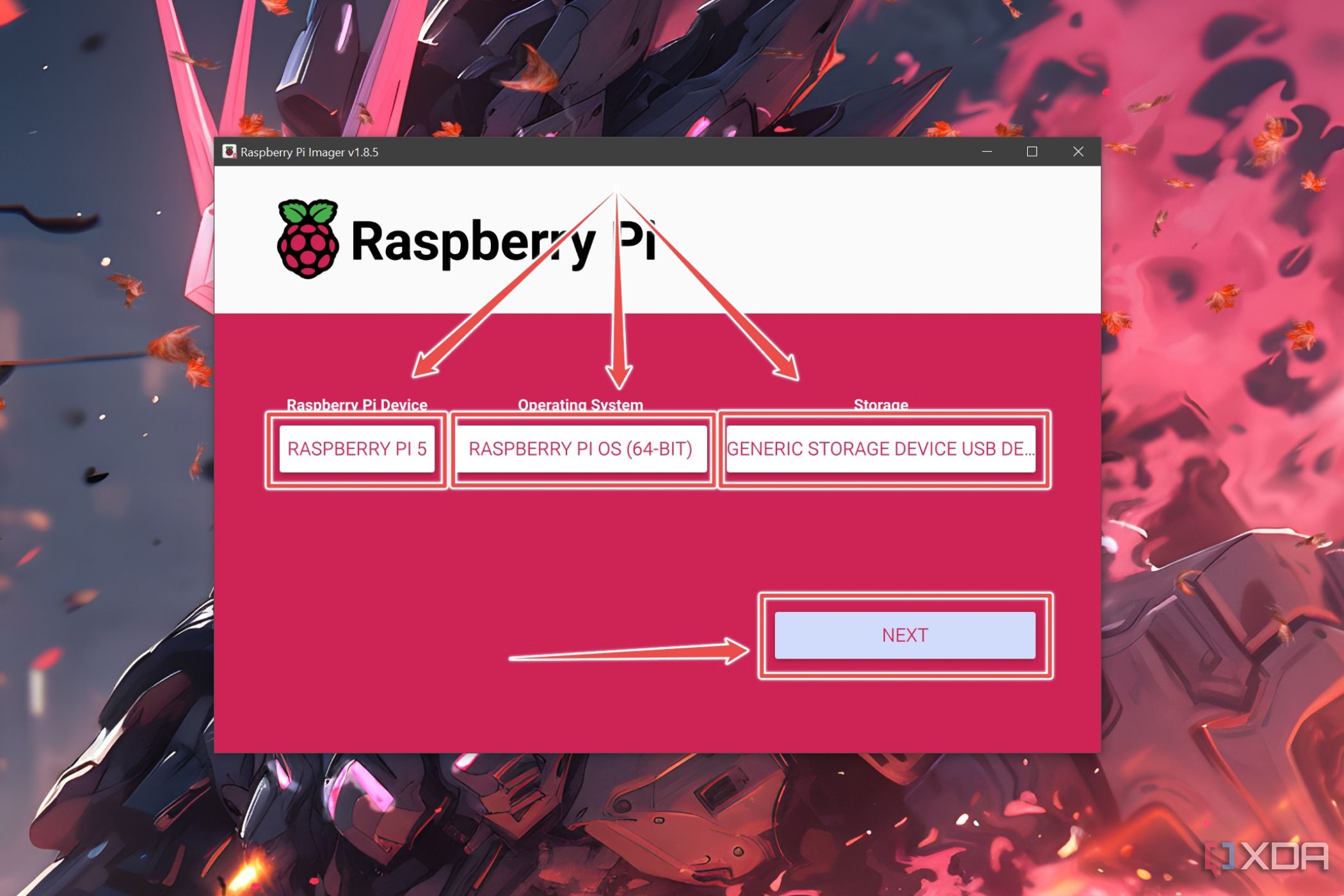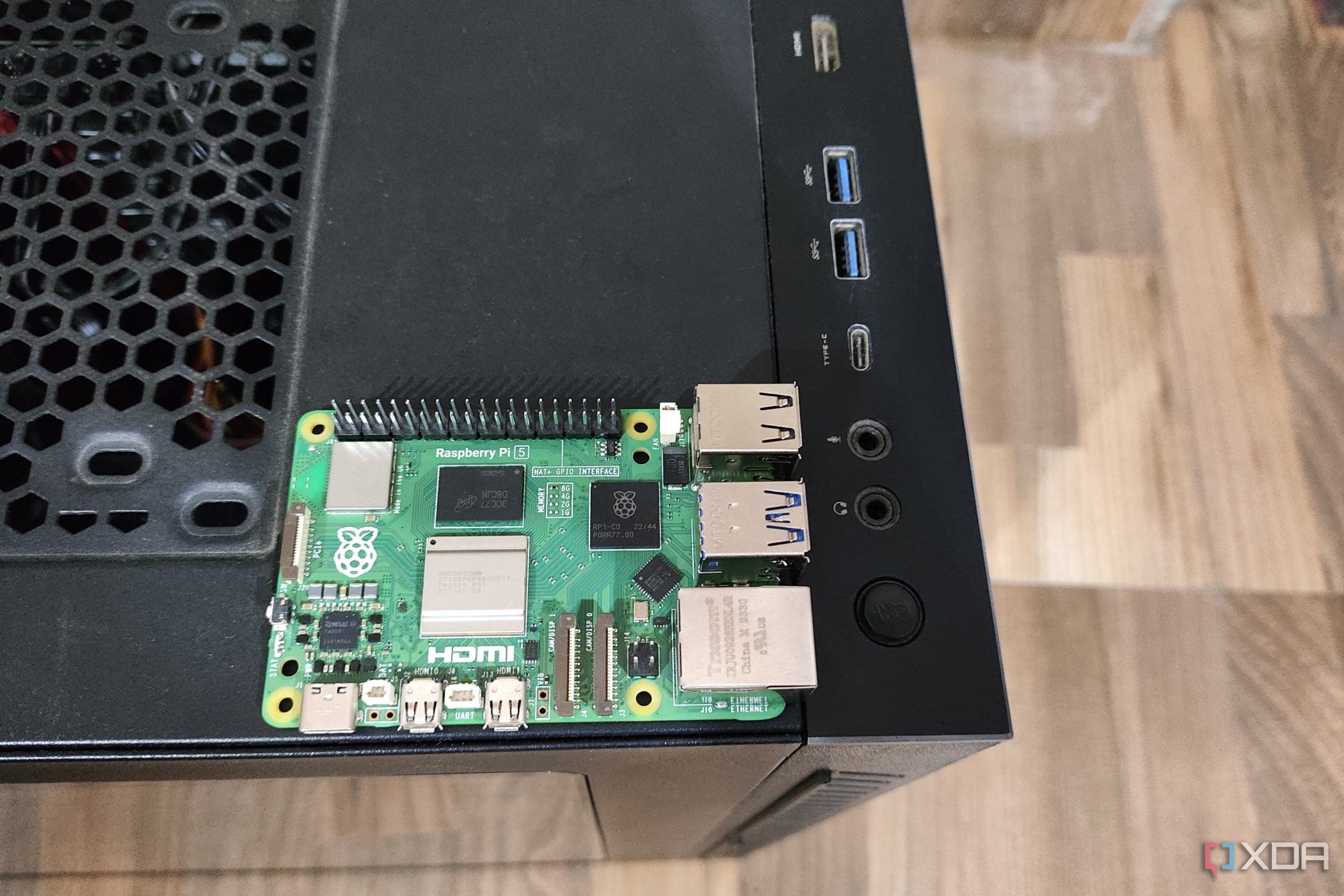Are you ready to unlock the power of remote access to your Raspberry Pi from anywhere in the world? SSH (Secure Shell) is the golden key that opens this door, but connecting to your Raspberry Pi outside your local network can feel like climbing Mount Everest if you don’t know the right steps. In this guide, we’ll break down everything you need to know about how to SSH into Raspberry Pi outside your network, making it as simple as ordering pizza on a Friday night.
SSH is more than just a tool; it’s your digital Swiss Army knife for managing your Raspberry Pi remotely. Whether you’re a tech enthusiast, a hobbyist, or someone looking to set up a home server, understanding how to SSH into Raspberry Pi from outside your network is a game-changer. This guide will walk you through every step, from setting up your Raspberry Pi to troubleshooting common issues, so you can connect seamlessly.
But wait, why bother with SSH? Imagine being able to control your Raspberry Pi from a coffee shop across town or even while lounging on a beach thousands of miles away. SSH allows you to do just that, providing secure access to your device wherever you are. So, grab a cup of coffee, and let’s dive into the world of remote Raspberry Pi management.
- Nude Photos Of Stephanie Mcmahon A Closer Look At The Controversy And Misinformation
- Aditi Misty Nipples Unveiling The Truth Behind The Hype
Understanding SSH and Its Role in Raspberry Pi
SSH stands for Secure Shell, and it’s like the secret handshake of the tech world. It’s a protocol designed to give you secure access to a remote computer, and in our case, your Raspberry Pi. When you SSH into Raspberry Pi, you’re essentially opening a secure channel to communicate with your device as if you were sitting right in front of it.
Why SSH Is Essential for Raspberry Pi Users
SSH isn’t just about convenience; it’s about security too. Here’s why it’s a must-have for Raspberry Pi enthusiasts:
- Secure Connection: SSH encrypts all data between your computer and Raspberry Pi, keeping your information safe from prying eyes.
- Remote Control: Manage your Raspberry Pi from anywhere in the world, whether you’re troubleshooting or running scripts.
- Automation: Set up automated tasks and scripts on your Raspberry Pi without needing physical access.
So, whether you’re setting up a home media server, running a weather station, or building a smart home hub, SSH is your best friend in the world of Raspberry Pi.
- Exploring The World Of Maza49buzz Your Ultimate Guide
- Aaditi Mistry Video The Story Behind The Viral Sensation
Setting Up SSH on Your Raspberry Pi
Before you can SSH into Raspberry Pi outside your network, you need to make sure SSH is enabled on your device. Don’t worry; it’s not as complicated as it sounds. Follow these steps to get SSH up and running:
Enabling SSH on Raspberry Pi
Here’s how you can enable SSH on your Raspberry Pi:
- Boot up your Raspberry Pi and log in.
- Open the terminal. If you’re using the graphical interface, click on the terminal icon.
- Type
sudo raspi-configand hit enter. - Use the arrow keys to navigate to
Interfacing Optionsand press Enter. - Select
SSHand enable it. - Reboot your Raspberry Pi to apply the changes.
And that’s it! SSH is now enabled on your Raspberry Pi. Now let’s move on to the next step.
Connecting to Raspberry Pi Inside Your Network
Before we tackle connecting to Raspberry Pi outside your network, let’s first make sure you can connect to it from within your local network. This step is crucial because it helps you verify that SSH is working correctly.
Steps to SSH Into Raspberry Pi on the Same Network
Follow these steps:
- Find the IP address of your Raspberry Pi. You can do this by typing
hostname -Iin the terminal. - On your computer, open a terminal or command prompt.
- Type
ssh pi@, replacing - Enter the password when prompted. The default password for Raspberry Pi is
raspberry, but you should change it for security reasons.
Once you’ve successfully connected to your Raspberry Pi within your network, you’re ready to take the next step.
How to SSH Into Raspberry Pi Outside Your Network
Now comes the exciting part: connecting to your Raspberry Pi from outside your local network. This process involves a few extra steps, but with this guide, you’ll breeze through them like a pro.
Using Port Forwarding
Port forwarding is like giving your Raspberry Pi a direct phone line to the outside world. Here’s how to set it up:
- Log in to your router’s admin panel. The address is usually something like
192.168.0.1or192.168.1.1. - Find the port forwarding section. It might be under
AdvancedorNetwork Settings. - Create a new rule for port forwarding. Set the external and internal ports to
22, which is the default SSH port. - Save the settings and reboot your router.
With port forwarding set up, your Raspberry Pi is now accessible from the outside world. But there’s one more step to make this process even easier.
Using Dynamic DNS (DDNS)
Your home IP address might change from time to time, which can make it tricky to connect to your Raspberry Pi. That’s where Dynamic DNS comes in. DDNS services give your Raspberry Pi a static domain name, so you don’t have to worry about changing IP addresses.
Here’s how to set it up:
- Sign up for a free DDNS service like No-IP or DuckDNS.
- Follow the instructions to create a hostname for your Raspberry Pi.
- Install the DDNS client on your Raspberry Pi to keep the hostname updated.
Once DDNS is set up, you can connect to your Raspberry Pi using a domain name instead of an IP address. How cool is that?
Securing Your Raspberry Pi for Remote Access
With great power comes great responsibility. While SSH allows you to access your Raspberry Pi remotely, it’s important to take steps to secure your device. Here are some tips to keep your Raspberry Pi safe:
Change the Default SSH Port
Changing the default SSH port from 22 to something less obvious can deter automated attacks. Here’s how:
- Edit the SSH configuration file by typing
sudo nano /etc/ssh/sshd_config. - Find the line that says
Port 22and change it to a different number, like2222. - Save and exit the file, then restart the SSH service with
sudo service ssh restart.
Use Key-Based Authentication
Key-based authentication is a more secure way to log in to your Raspberry Pi than using passwords. Here’s how to set it up:
- Generate an SSH key pair on your computer by typing
ssh-keygen. - Copy the public key to your Raspberry Pi using
ssh-copy-id pi@. - Disable password authentication in the SSH configuration file to further enhance security.
With these security measures in place, your Raspberry Pi is ready for remote access without compromising safety.
Troubleshooting Common SSH Issues
Even the best-laid plans can hit a snag. If you’re having trouble connecting to your Raspberry Pi via SSH, here are some common issues and how to fix them:
Connection Refused
This error usually means SSH isn’t enabled or the port isn’t open. Double-check that SSH is enabled on your Raspberry Pi and that port forwarding is correctly set up on your router.
Host Key Verification Failed
This error occurs when the SSH client detects a change in the host key. You can fix it by deleting the old key from your known_hosts file:
- On your computer, open the terminal and type
cd ~/.ssh. - Edit the
known_hostsfile and remove the line corresponding to your Raspberry Pi’s IP address.
Try connecting again, and the new host key will be added automatically.
Alternative Methods for Remote Access
SSH isn’t the only way to connect to your Raspberry Pi remotely. Here are a couple of alternative methods you might find useful:
Using a Cloud Service
Services like ngrok or remot3.it allow you to create a secure tunnel to your Raspberry Pi without needing to configure port forwarding or DDNS. These services are especially handy if you’re not comfortable tinkering with your router settings.
TeamViewer for Raspberry Pi
TeamViewer is a popular remote access tool that works on Raspberry Pi. It’s easy to set up and provides a graphical interface, making it a great option if you prefer a visual approach to remote management.
Real-World Applications of SSH for Raspberry Pi
SSH isn’t just a theoretical concept; it has real-world applications that can make your life easier. Here are a few examples:
Home Automation
Use SSH to manage your smart home devices remotely. Whether you’re turning off lights or adjusting the thermostat, SSH gives you the power to control your home from anywhere.
Media Server Management
If you’ve set up a media server on your Raspberry Pi, SSH allows you to add or remove files without needing to be physically present.
Remote Backup
SSH can be used to back up your important files to a remote server, ensuring your data is safe no matter what happens to your Raspberry Pi.
Conclusion: Your Journey to Mastering Raspberry Pi SSH
Now that you’ve learned how to SSH into Raspberry Pi outside your network, you’re equipped with a powerful tool for managing your device remotely. From enabling SSH on your Raspberry Pi to securing your connection and troubleshooting common issues, this guide has covered everything you need to know.
Remember, the key to mastering SSH is practice. Don’t be afraid to experiment and try out different configurations. And if you run into any problems, refer back to this guide or leave a comment below; we’re here to help!
So, what are you waiting for? Go ahead and SSH into your Raspberry Pi from anywhere in the world. The possibilities are endless, and the only limit is your imagination. Happy hacking!
Table of Contents
- How to SSH Into Raspberry Pi Outside Network?
- Understanding SSH and Its Role in Raspberry Pi
- Setting Up SSH on Your Raspberry Pi
- Connecting to Raspberry Pi Inside Your Network
- How to SSH Into Raspberry Pi Outside Your Network
- Securing Your Raspberry Pi for Remote Access
- Troubleshooting Common SSH Issues
- Alternative Methods for Remote Access
- Real-World Applications of SSH for Raspberry Pi
- Conclusion
- Aditi Misti Live The Rising Star Taking The World By Storm
- Vegamovies Korean Drama Download In Hindi Your Ultimate Guide


